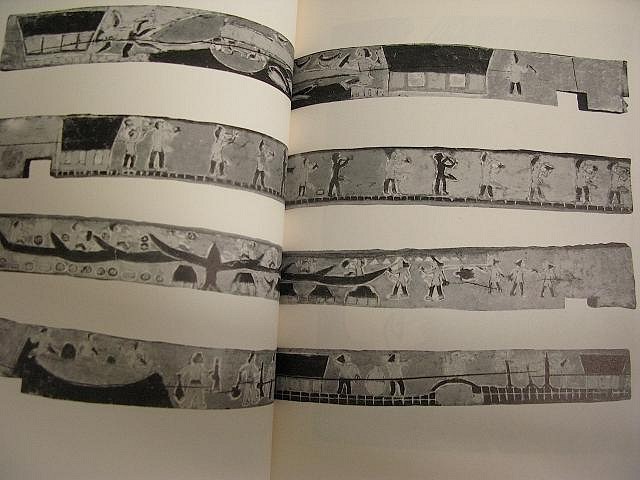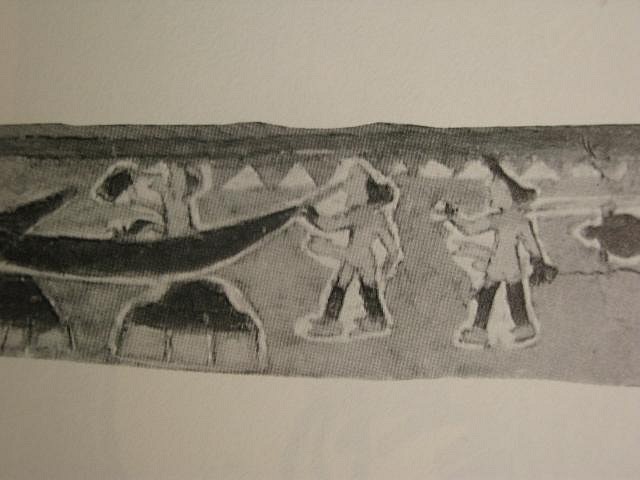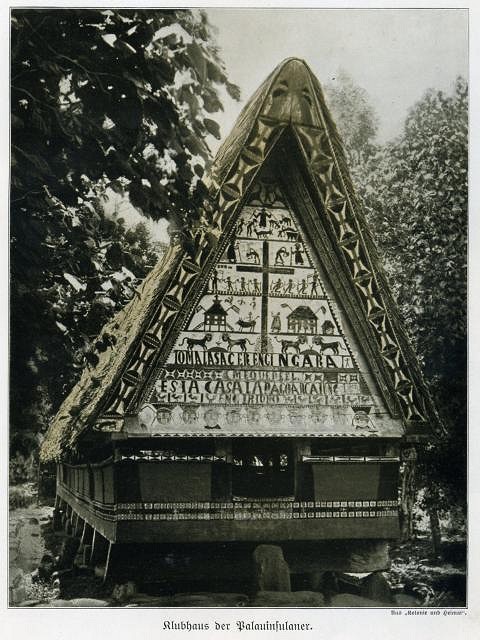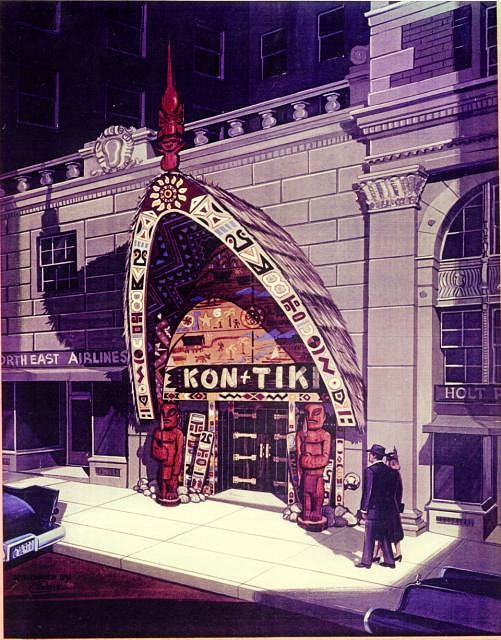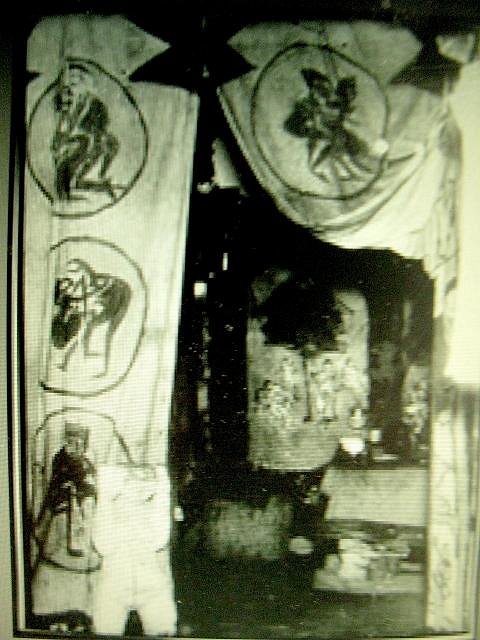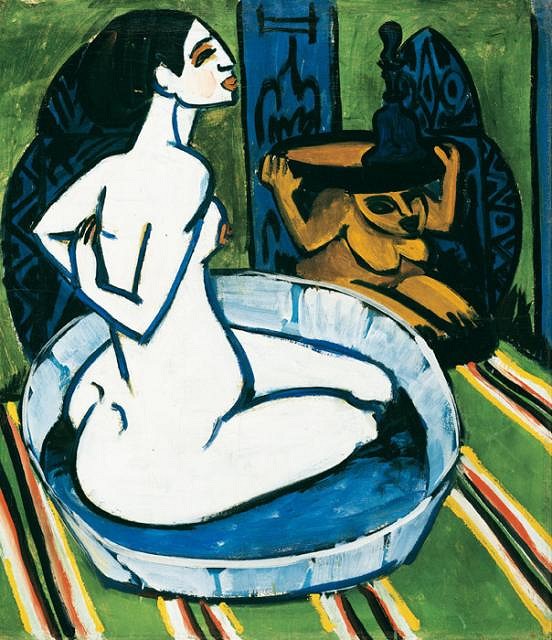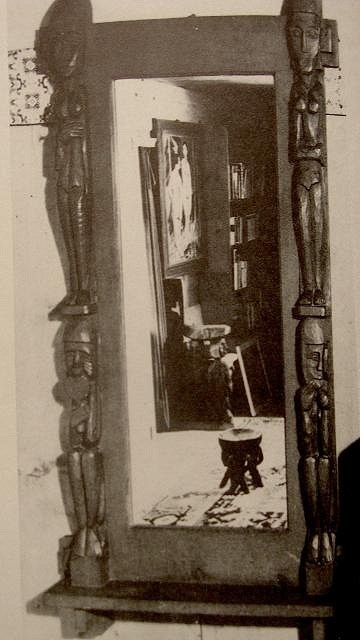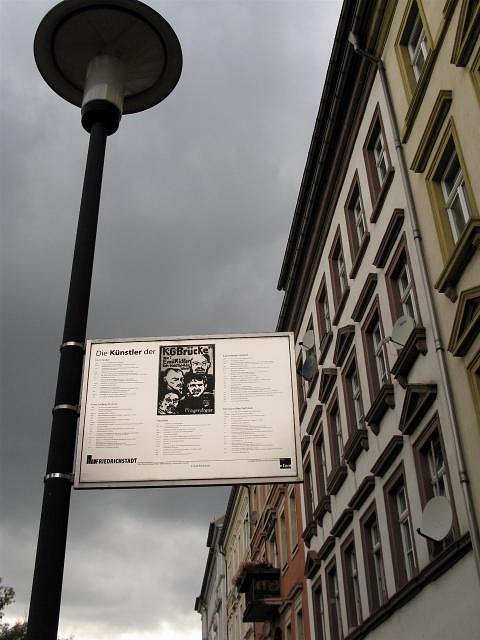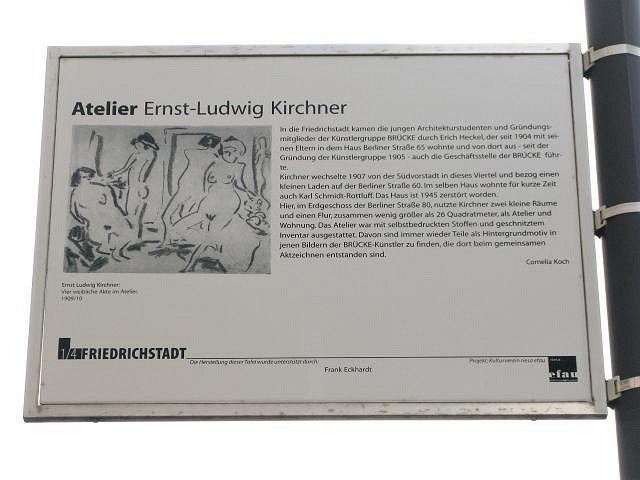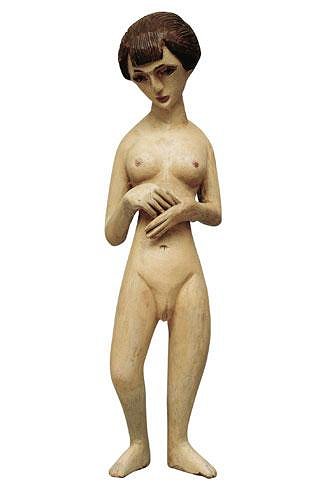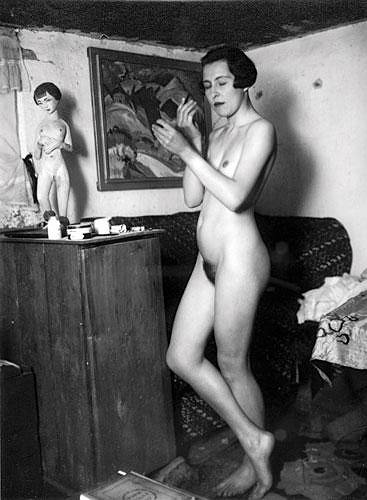Tiki Central / Tiki Travel / Dresden Tiki and more
Post #597869 by bigbrotiki on Sat, Jul 16, 2011 11:56 AM
|
B
bigbrotiki
Posted
posted
on
Sat, Jul 16, 2011 11:56 AM
Thanks Ernie! Here's something for you the artist: Readers of my tome "Tiki Modern" know of my interest in the early 20th Century artistic Avantgarde in Europe and the inspiration they drew from Oceanic and African native art. I had touched on it in the Book of Tiki, but went further into it in Tiki Modern. Besides the Parisian "primitive art" fans like Picasso and the Surrealists, I became fascinated by the German artist group "Die Bruecke". After finding an amazing photo (Tiki Modern Ch 2, Page 28) of a 1921 exhibition where the Bruecke members displayed their paintings of primitive masks and sculpture right next to Oceanic carvings (in an obvious parallel to the Tiki Revival), I researched the source of their inspirations. One of the group's founders, painter Ernst Ludwig Kirchner, was apparently inspired by some Palau Men's Club House beams he saw in the Dresden Ethnology Museum in 1907:
The Palau "Storyboard" gable concept was later used for American Tiki temple entrances by Trader Vic, Steve Crane and others:
The free depiction of sexuality in the Dresden boards was a boost to Kirchner's attempts to break with established, stuffy mores of early 1900s Germany. He decorated his studio with curtains with sexual motifs he painted, and furniture he had carved after primitive art pieces. He later did the same in his Berlin studio. Here a bad quality j-peg of the Dresden Studio curtains:
...and a 1909 painting of a nude bather next to a table he carved:
Here is a mirror carved by Kirchner some time later:
Later Kirchner carved a complete bed and other furniture in this primitivist style. Maybe some folks here can now appreciate my surprise when one day, on the way to the discount food market in the street where my budget hotel stood, I stumbled onto this sign:
Without my realizing it, I was living in the very street where Kirchner's first studio had been!:
To better describe the mood of his atelier, here a description for a piece auctioned by Sotheby's: "In September 1905 Kirchner moved to a new studio in a former butcher's shop in a working class district of Dresden, a space that became the focal point for the Brücke group's bohemian lifestyle. Kirchner filled his studio with textiles, batik hangings, sculptures and paintings, many of them inspired by the artist's encounters with tribal art in Dresden's museums and libraries. Gustav Schiefler was later to describe Kirchner's studio in 1910 as 'a primitive setting, born of necessity but nevertheless strongly marked by his own taste. He lived a disorderly lifestyle here according to bourgeois standards, simple in material terms, but highly ambitious in his artistic sensitivity' (quoted in exh. cat., Ernst Ludwig Kirchner: The Dresden and Berlin Years, London, 2003, p. 17).
I personally am very fond of this simple nude sculpture, modeled after his girlfriend Nina Hard:
[ Edited by: bigbrotiki 2011-07-16 15:00 ] |

